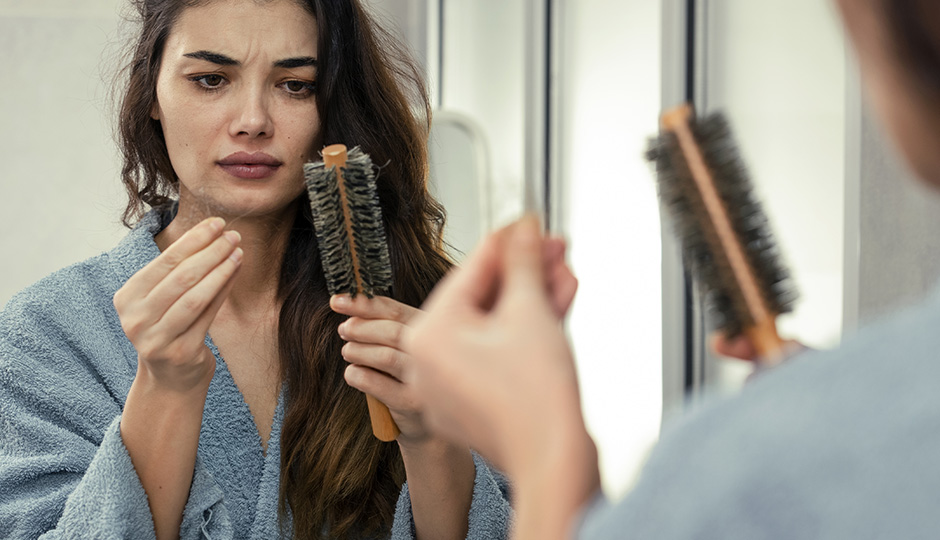Male pattern baldness (MPB) is the most common type of hair loss among men. Over 95 percent of male hair loss can be attributed to MPB, which begins with hair thinning at the crown of the head, or receding from the forehead. Eventually, balding at these spots becomes more pronounced, until ultimately hair only grows in a horseshoe-shaped area around the side and back of the head.
The frequency of MPB varies across cultures. It is attributed to genetic traits inherited from parents. Environmental factors seem to have little influence over MPB. One large-scale study done in Australia found that mid-frontal baldness begins to increase with age, and that eventually 73.5 percent of men and 57 percent of women over the age of 80 experience it. When looking at a large population, like the 40 million men in the United States, a rough rule of thumb to determine the frequency of MPB is that cases correspond to chronological age. In this case, about one in four men will show evidence of hair loss by age 30. By age 60, two in three men will have noticeable signs of balding. MPB can even begin at much younger ages in rare cases.
While we do know that genes play a role in the development of MPB, we do not fully understand the process by which it occurs. It appears to be a combination of genes that cause MPB, the most important of which is located on the X chromosome. Called an Androgen Receptor gene, it is inherited from the mother, disproving earlier theories that baldness came from the maternal grandfather. There is still some basis to this original belief, but we understand now that genes from both parents contribute to later hair loss in their offspring.
MPB is triggered by a potent form of testosterone called dihydrotestosterone (DHT). DHT actually promotes the growth of facial and body hair, but its presence can have an adverse impact on cranial hair and the prostate. Currently, we know that DHT results in a deterioration of scalp follicles. Over time, the growth phase for hair is shortened, which means it no longer develops into mature hair. This means that hair on the scalp becomes thinner until the follicles completely stop producing hair.
At HLS our In Salon Laser Therapy accompanied by HLCC topical products can stop and reverse your hair loss and help regrow your thinning hair. Contact us today to learn more!


